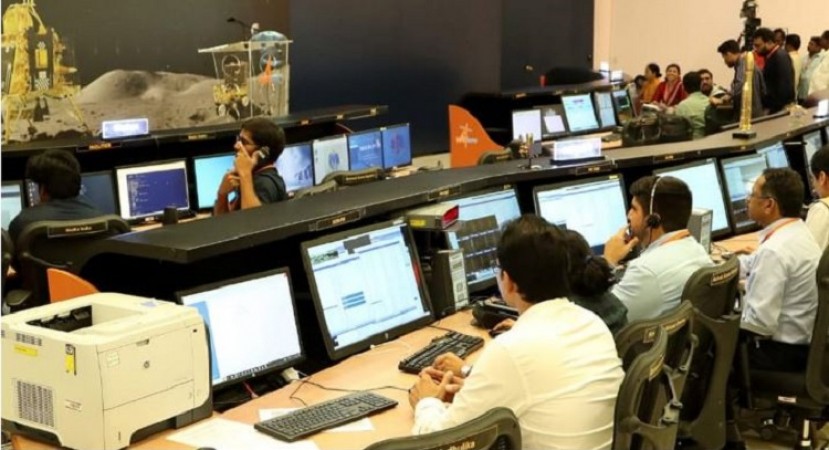
In a moment of anticipation for India's 1.4 billion people, Chandrayaan 3's lunar descent has garnered international support. The Indian Space Research Organisation (ISRO) has received tracking assistance from two renowned global space agencies, the US National Aeronautics and Space Administration (NASA) and the European Space Agency (ESA), as history is being made on the Moon's surface. During the critical phase of the lander's descent, both NASA's and ESA's space stations played a crucial role in aiding the mission operations team.
To comprehend the significance, consider that the Vikram lander, the Chandrayaan 3 propulsion module, and the Chandrayaan 2 orbiter currently orbit the Moon at a distance of approximately 384,000 kilometers from Earth. While both Earth and the Moon are in constant rotation around their axes and orbiting the Sun, ground-based antennas on Earth diligently track the gradual descent of the lander. Among these antennas, India's largest, a 32-meter dish located near Bengaluru at Byalalu, is actively tracking Chandrayaan 3. Nonetheless, there are instances when the lander moves into a shadowed area, rendering tracking from this location impossible.
This is where the deep space networks operated by NASA and ESA come into play. It's important to note that this support is not provided without cost; India is funding the service based on the number of antennas utilized and the duration of usage. When the lander falls out of our antenna's line of sight, NASA or ESA takes over communication with the lander and relays the acquired information to the mission operations team stationed in Bengaluru.
However, it's crucial to clarify that these networks, though assisting ISRO, do not possess decision-making authority regarding the lander's actions or communication. Such control remains within the hands of the mission operations team in Bengaluru. The role of NASA and ESA is strictly that of a communication bridge, activated only when ISRO's direct network connection with the lander is inaccessible.
Fascinating Facts About Chandrayaan 3, Lunar Mission
Know All About India's Rocket Woman Ritu Karidhal Srivastava
Chandrayaan-3: The Scientists Behind India's Lunar Success